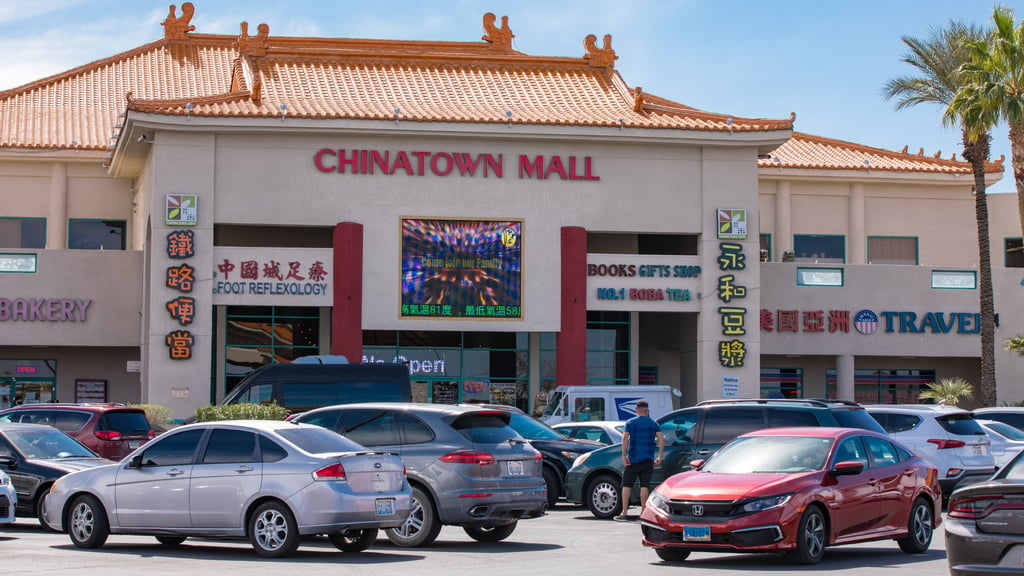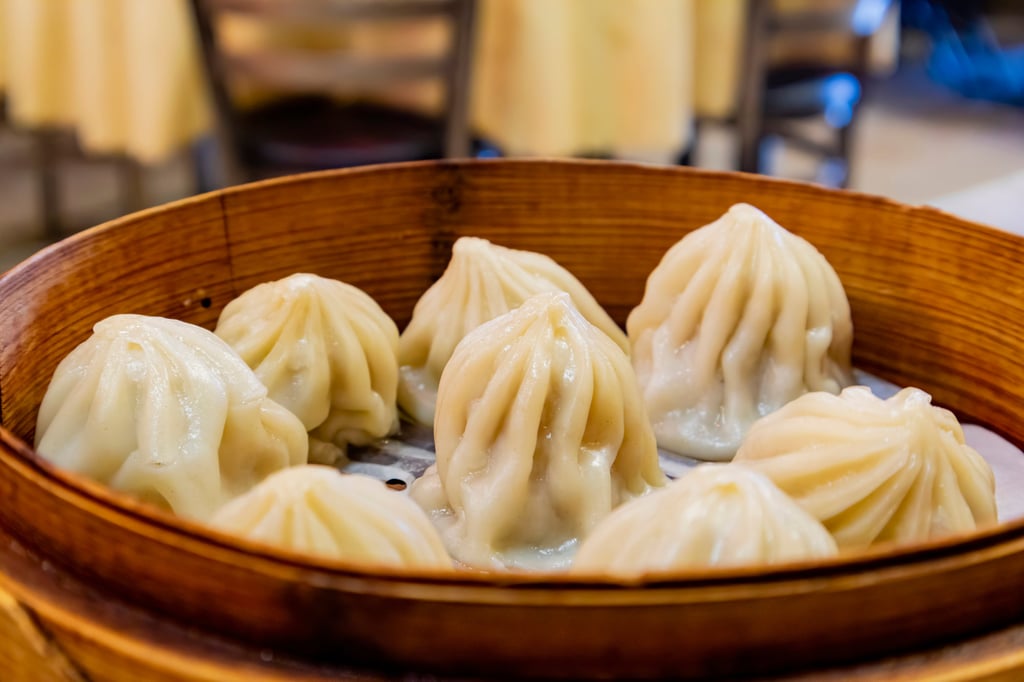Clark County’s Asian-American and Pacific Islander (AAPI) population, most of which is foreign-born, has an unusual demographic profile. Filipinos are the most numerous group, but there are also significant and growing populations of Korean, Chinese, Vietnamese, Indian and Hawaiian people.
Asian-Americans are “changing the taste and sights and smells of this city in a way that is a reimagination of Las Vegas, beyond the Strip and the buffets”, says Constancio Arnaldo, an Asian and Asian-American studies professor at the University of Las Vegas.
The 2020 census found that Asian-Americans form 13 per cent of Clark County’s population – 237,000 people – but even that recent figure is dated: Catherine Francisco, president of the Nevada AAPI Chamber of Commerce, says the fastest growth has happened in the past four years.
“A big part of the traffic coming into Chinatown is coming from California,” says Francisco, herself a former Californian.
Nevada has no state income tax, and its property tax is less than half the national average. That draws wealthy residents hoping to keep more of their capital, but also those looking for a larger house, cheaper rents or lower business start-up costs.
Las Vegas’ Chinatowns might look familiar to those who have spent time in the Chinese neighbourhoods of Los Angeles.
The old Chinatown, west of the Strip, looks more traditional, with its neon lights and ornate entry arch. The newer Asian community, in the Spring Valley neighbourhood, looks more like the San Gabriel Valley in Los Angeles: dense developments with vast car parks cluster on a few main boulevards just off a major road in the southwestern part of the city.
Southern California entrepreneur James Chen built Chinatown Plaza, Las Vegas’ first large Asian strip mall, with two partners in 1995. The commercial complex, anchored by a 99 Ranch grocery store, looks like a larger, more elaborate version of San Gabriel’s Focus Plaza. Both were designed by the same San Gabriel architectural firm.

Chen and his partners saw opportunity in the scores of Southern California Asian families and tourists who regularly visited Las Vegas, says Vida Lin, president of the Asian Community Development Council.
Lin, who came to Las Vegas from San Francisco, says a lot of Chinese investors wanted to try their ideas in a place with lower taxes.
It has long been a Southern California tradition for Chinese families with no appetite for turkey or eggnog to instead spend the holidays in Las Vegas.
San Gabriel Valley travel agencies send a regular stream of Chinese tourists to Las Vegas. And fleets of bargain-rate buses ferry a near-daily migration of Asian retirees between their favourite casinos.
It is not just a stereotype that Chinese people love to gamble: gambling addiction affects 2.5 per cent to 4 per cent of the adult population in China, compared with just 1 per cent in most Western countries, according to the journal International Psychiatry.
That flow of people and capital has also sparked development on the route between Los Angeles and Las Vegas. On a recent trip to Vegas’ Chinatown Plaza, I spotted an advertisement announcing the grand opening of the Barstow Asian Food Court.
Lin, who came to Las Vegas in 1994, has her own way of measuring the growth.
“Thirty years ago, I had to drive to LA to get good Chinese food,” Lin says. “I think I stopped sometime around the year 2000.”

While most of the population arrived recently, Asian-Americans have been a part of Las Vegas for a long time, Lin says.
Chinese and Filipino workers built the railways that made Las Vegas possible. Filipino designer Rudy Chrisotomo created the famous neon marquees at the Sands, the Dunes, Circus Circus, Luxor and Rio.
Chinese entrepreneurs popularised games such as keno and pai gow. And in the 1940s, Asian-Americans opened nightclubs to capture the business of black people turned away from the Strip.
Las Vegas’ Asian neighbourhoods have the relentless energy of the San Gabriel Valley 10 years ago. The economic vibrancy is familiar, but so are the problems that arise when any area sees a sudden uptick in its immigrant community.
In the San Gabriel Valley, these frictions manifested as disputes over the cultural offerings of grocery stores and bitter debates about mandating English language on public signs that went far beyond public safety.
These clashes revealed xenophobia and racism, but these debates also clarified how unprepared some local governments were to receive large, non-English-speaking populations.
It is a newer city. It is pretty open-minded. That’s actually what I like about it
There is some of that friction, says Jim Fong, a property agent and investor in Las Vegas. For example, he has noticed that garden gnome statues never require homeowner association approval, but Chinese lion statues of the same size often require paperwork and separate approvals.
But overall he is hopeful that Las Vegas will be different, especially for his children, who are mixed race.
“It is a newer city. It is pretty open-minded. That’s actually what I like about it,” Fong says.
Stakeholders in the city’s Chinatowns are even talking about adopting a new name that better reflects a diverse AAPI population, something like Asia Town or the International District.
“It is an important conversation to have,” Lin says.

